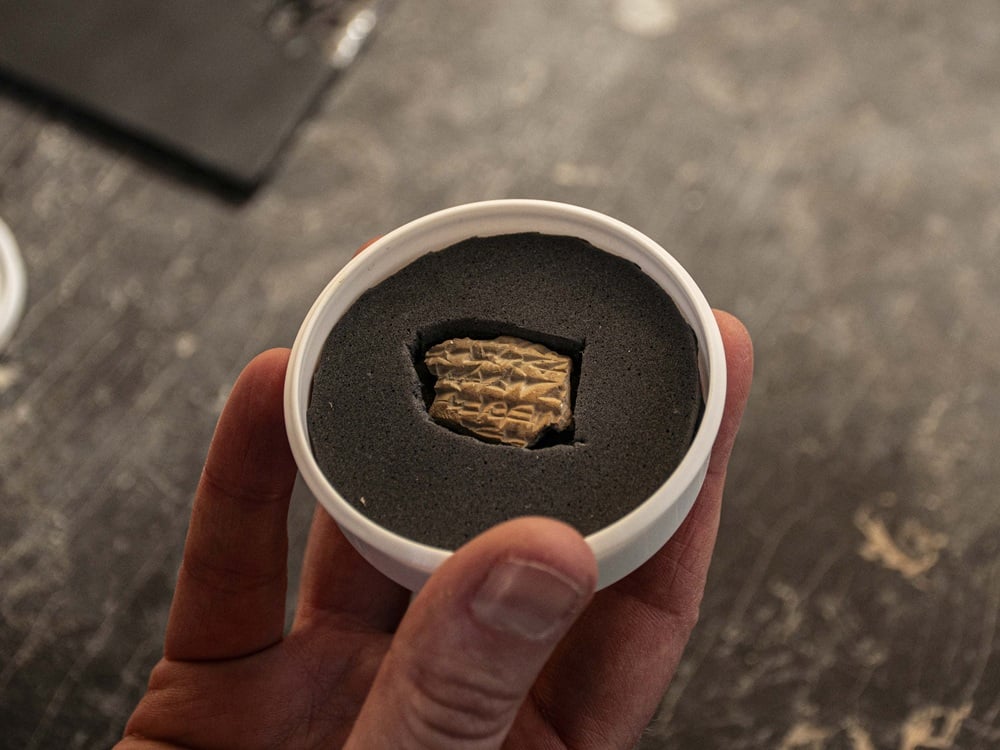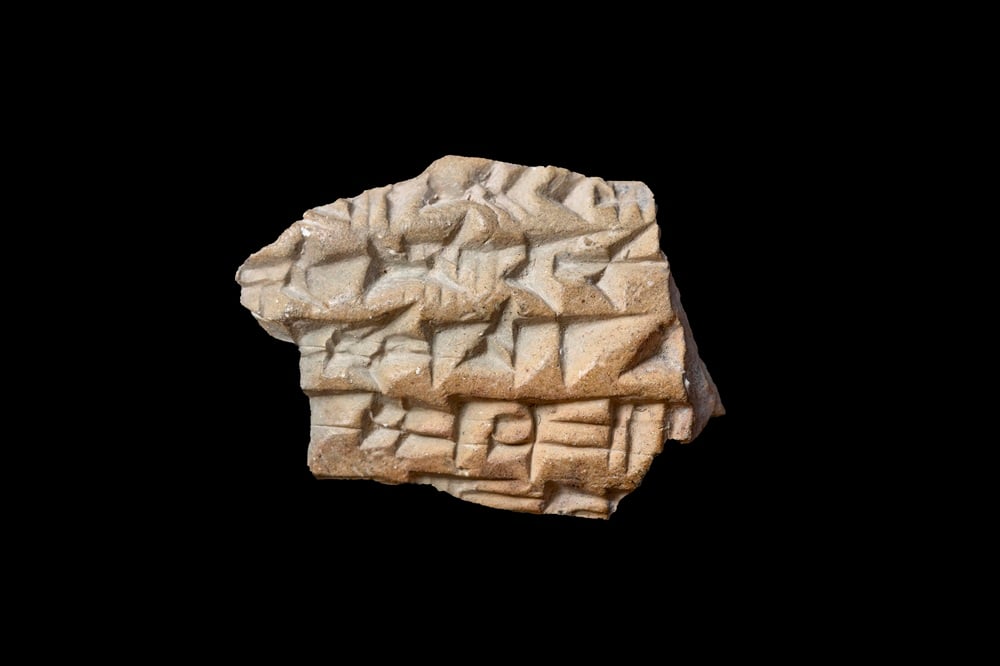Though the inscription fragment does not explicitly mention the name of the king of Judah to whom the shipment was intended, its chronological context and the partial text allow us to assume that it was sent to the court of either King Hezekiah, Manasseh, or early in Josiah’s reign, during which Judah was a vassal kingdom of Assyria. Items of this type would serve as a means of communication between the envoys of the Assyrian government and the rulers of Judah, conveying official instructions and tax demands.
“While we cannot determine the background for this demand, whether it stemmed from a mere technical delay or was taken as a deliberate step with political significance, the very existence of such an official appeal would seemingly attest to a certain point of friction between Judah and the imperial government,” say the researchers. One of the directions of research being examined is that the royal seal impression was sent to Judah during the time of Sennacherib, king of Assyria. This suggestion notes the characteristics of the inscription, and its dating to the reign of this very king or one of his descendants, perhaps echoes a story of a tax revolt, such as the biblical description of Hezekiah’s revolt against Sennacherib, recounted in Kings II (18:7), “And he rebelled against the king of Assyria, and did not serve him.”
A petrographic analysis of the bulla indicated that it was not produced in Jerusalem, but was sent here from far away, most likely from one of the administrative centers of Assyria such as Nineveh, Ashur, or Nimrud/Kalḫu.
According to Dr. Anat Cohen-Weinberger of the Israel Antiquities Authority, “Petrographic analysis of the fragment’s composition revealed that the material from which it was made is entirely different from the local raw materials typically used to produce pottery, bullae, and clay documents in Jerusalem and the southern Levant. Moreover, the bulla’s mineral composition generally corresponds to the geology of the Tigris Basin region, where the central cities of the Assyrian kingdom were located, such as Nineveh, Ashur, or Nimrud/Kalḫu. A chemical analysis of the bulla’s composition is currently being conducted in collaboration with Dr. Yehudit Harlavan of the Geological Survey of Israel , to precisely determine its provenance.”
The Assyriologists add, “This is a small fragment of great significance. The find opens a window into understanding the political and administrative ties between Judah and Assyria. It is the very first evidence of its kind of the official, and perhaps even tense, communication that took place between Jerusalem and the world’s most powerful superpower during the period we are discussing.”
Israeli Minister of Heritage, Rabbi Amichai Eliyahu, says, “The discovery of the Assyrian inscription from the First Temple period in the very heart of Jerusalem is impressive evidence of the city’s status as the capital of the Kingdom of Judah some 2,700 years ago, and of the depth of its ties with the Assyrian Empire just as described in the Bible. This rare discovery illustrates, once again, our deep roots in Jerusalem, which is the spiritual and national center of the Jewish people.”











